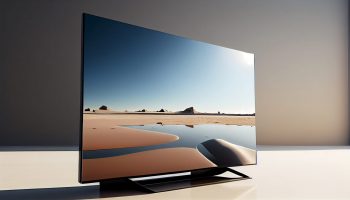oLED Displays
Advantages
OLED displays offer several advantages over traditional display technologies like LCD (Liquid Crystal Display), including:

Better Picture Quality:
OLED displays typically have higher contrast ratios and wider viewing angles compared to LCDs. Each pixel in an OLED display emits its own light, allowing for true black and vibrant colors without the need for a backlight.

Thinner and Lighter:
OLED displays can be made thinner and lighter because they don't require a separate backlight layer like LCDs. This makes OLED displays well-suited for thin and lightweight devices such as smartphones, tablets, and OLED TVs.

Flexible and Curved Designs:
OLED technology allows for flexible and even curved display designs. This flexibility opens up possibilities for innovative form factors and new types of devices, such as foldable smartphones and curved OLED TVs.

Faster Response Time:
OLED displays have faster response times compared to LCDs, resulting in smoother motion and reduced motion blur, which is particularly important for gaming and fast-paced video content.

Energy Efficiency:
OLED displays are more energy-efficient than traditional LCDs because they only consume power for the pixels that are emitting light. In contrast, LCDs require a constant backlight, even for displaying dark content, which can waste energy.

Wide Color Gamut:
OLED displays are capable of reproducing a wide range of colors, making them suitable for applications where color accuracy and vibrancy are important, such as professional photography and video editing.

Durability and Lifespan:
OLED displays have a longer lifespan compared to older display technologies like plasma displays, and when properly engineered, they can also be quite durable. However, OLED displays are susceptible to degradation over time, particularly in terms of brightness and color accuracy, which is a factor to consider for long-term use.
